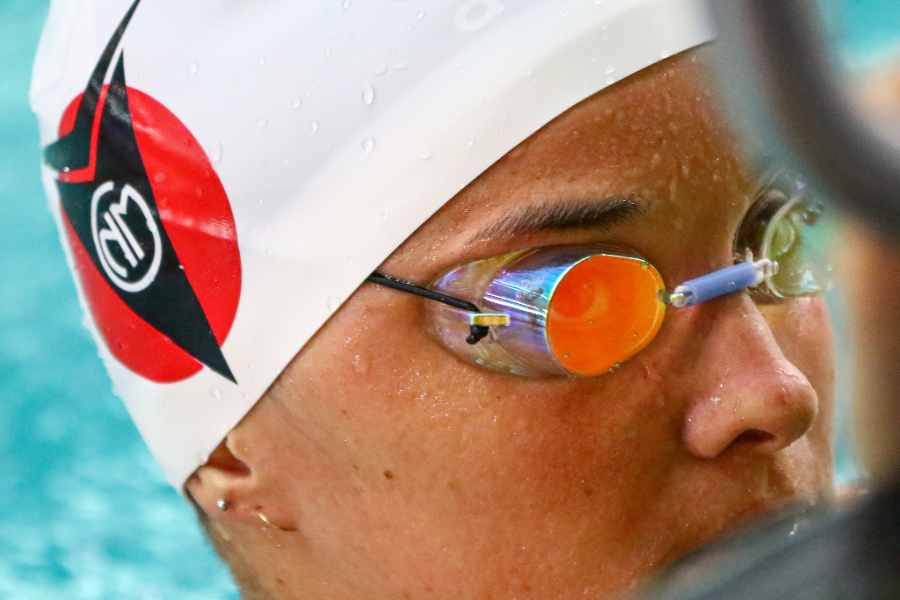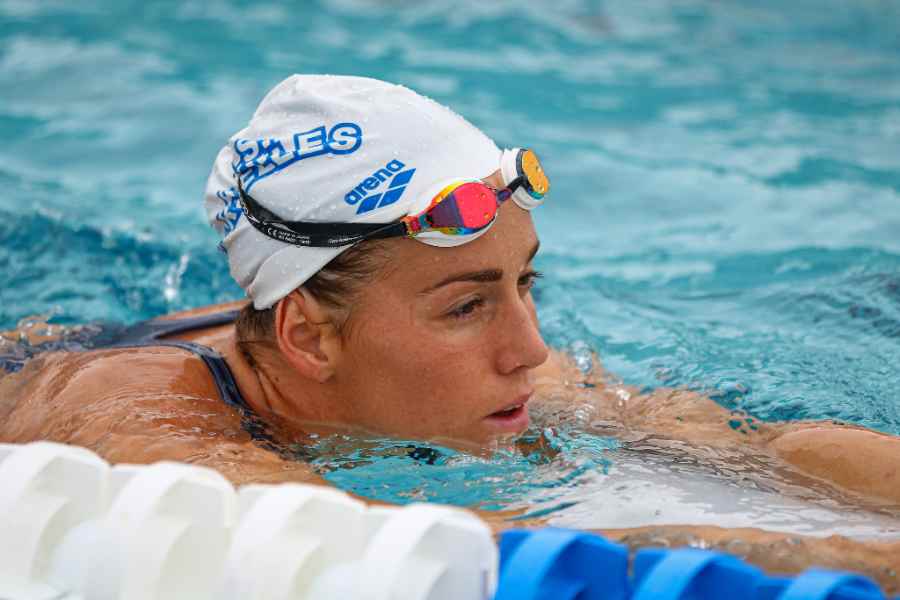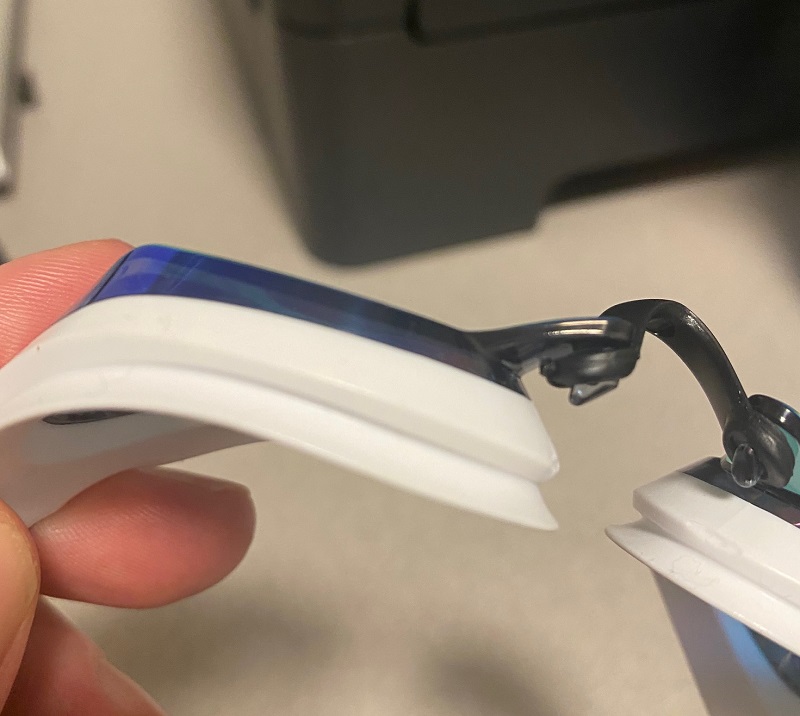If you have long hair, you should learn how to put a swim cap on it before heading to the pool. You will find it much easier to put on the cap if your hair is damp. If your hair is not wet, you should tie it back. You can use your hair clip to do this.
Stretch fit swim cap
If you have long hair, you can use a simple trick for putting a swim cap on. First, wet your hair so that the cap fits comfortably. You can also flip your hair back to keep it out of your face. Then, hold the sides of the cap and tilt your head forward. This will help you stretch the cap.
Next, you should try putting on your swim cap. It may be easier to do this if your hair is wet. To make it even easier, you can use your fingers to spread the front of the cap. You should also try to hold the front of the cap on your forehead.
Silicone swim cap
The first step in putting on a swim cap is to make sure your hair is wet and not too dry. You can use your fingers to gently push stray strands into the cap. Once you’ve gotten it on the head, carefully slide your hands out of the cap. It is important to be careful not to snap the cap against your skin.
Next, you need to consider the type of swim cap you are using. If you’re wearing a latex or silicone cap, you’ll need to be especially careful when placing the cap on your hair. The material is stretchy and can cause pain or tears if it’s not properly placed.
Neoprene swim cap
Whether you have long hair or short, a swimming cap can help you stay warm and comfortable in the water. Swimcaps are typically made of 1.5mm thick neoprene, which is designed to seal in your body heat. For colder water, you may want to wear a thicker cap that covers your whole head. A swim cap also has several different designs. Choose one that fits snugly and keeps your head warm.
Putting a swim cap on long hair can be difficult, but there are some simple tips to make it easier. First, you should wet your hair before applying the swim cap. Dry hair tends to cause the material to stick to it. Second, when applying the swim cap, tilt your head down a bit and hold the front of the cap at your forehead.
Tie back your hair with a swim cap
Long hair can make wearing a swim cap difficult. You should gather your hair close to your head before putting it on. You can do this by pulling it back or pulling it up into a bun. To avoid getting your cap stuck in your hair, you should wet it before putting it on.
If you have long hair, tie it back with a hair tie or a bun. Make sure the hair tie is secure and that there is no loose hair. Your hair may shift around as you swim. To prevent this, tie it up a little higher than usual so that it doesn’t shift around.
Taking care of your hair before swimming
When you go swimming, it’s essential to take care of your hair before the water hits it. Exposure to chlorine and salt water can damage the health of your hair. You should learn about the proper routine for your particular hair type and color to protect it. You should also know that different types of water can cause different types of damage.
Chlorine can strip your hair of its natural oils and leave it weak and brittle. This is why you need to thoroughly rinse out the chlorine from your hair as soon as possible and use a leave-in conditioner or co-wash to repair the damage. Chlorine also depletes the porosity of your hair, which is its ability to absorb moisture.
Choosing a swim cap that fits your hair type
It’s important to choose a swim cap that fits your hair type and style. You’ll want to protect your hair from chlorine damage, keep your head warm in cold water, and provide visibility for passing boats. Fortunately, there are several different styles and types to choose from.
For example, swimmers with short hair may want a cap made of polyester or latex. This material is breathable and lightweight, but it may tear the hair. Latex swim caps also tend to be more uncomfortable than other types. Bubble caps are another option. These swim caps are made from latex rubber, and they have a retro look. They are typically tight and cover the ears.







